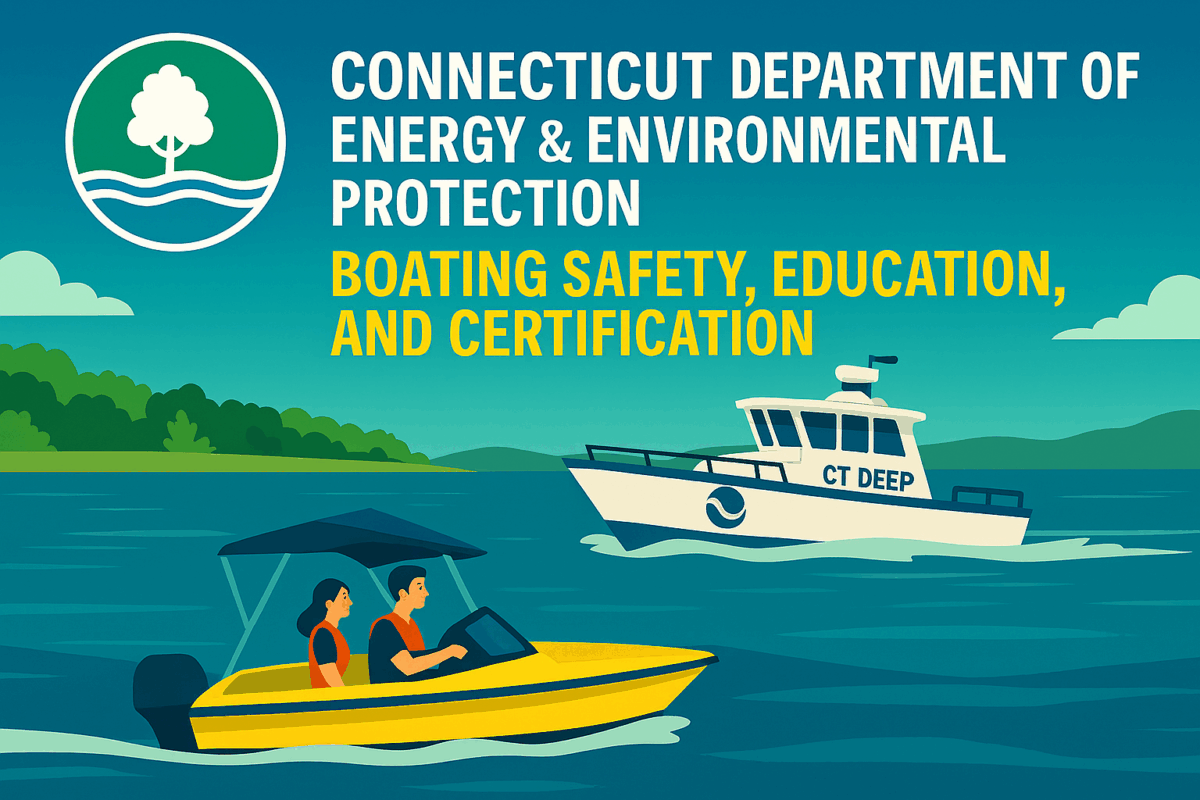Call: 1-800-832-7191

CT DEEP Pier Fishing
CT DEEP Pier Fishing: Accessible Angling for All Skill Levels
CT DEEP Pier Fishing offers a convenient and rewarding way to enjoy Connecticut’s coastal waters. Managed by the Connecticut Department of Energy and Environmental Protection, these public piers provide safe, accessible fishing locations for residents and visitors alike. Whether you’re a seasoned angler or just starting out, pier fishing delivers a relaxing and productive experience.
Discover the Benefits Pier Fishing
Pier fishing eliminates the need for a boat, making it ideal for families and beginners. CT DEEP Pier Fishing sites are located near parking, restrooms, and bait shops. These features make planning easier and encourage more people to enjoy the outdoors. Additionally, many piers are ADA-compliant, ensuring access for all.
Anglers can catch a variety of species from these piers, including striped bass, bluefish, and flounder. Seasonal migrations and tidal changes influence catch rates, so checking local conditions is essential. CT DEEP provides updates and resources to help anglers prepare effectively.
Regulations and Resources for Pier Fishing
Understanding local fishing regulations is crucial before casting a line. All the official locations follow state rules regarding size limits, seasons, and gear restrictions. Anglers must carry a valid fishing license, which can be obtained online or at authorized vendors.
To stay informed, visit the CT DEEP Fishing Regulations page. This government resource outlines current laws and offers guidance on ethical fishing practices. Following these rules helps protect fish populations and ensures a fair experience for all.
CT DEEP Pier Fishing Encourages Conservation
Pier fishing supports conservation by concentrating activity in designated areas. This reduces habitat disruption and promotes sustainable angling. CT DEEP Pier Fishing sites often include signage about catch-and-release techniques and invasive species awareness. These educational tools foster responsible behavior and environmental stewardship.
Anglers are encouraged to report unusual catches or water conditions to CT DEEP. These observations help scientists monitor fish health and water quality. By participating in citizen science, pier fishers contribute to long-term conservation efforts.
Planning Your Next CT DEEP Pier Fishing Trip
Planning ahead improves your chances of a successful outing. Check tide charts, weather forecasts, and recent catch reports before heading out. The locations are listed on the agency’s website, along with maps and accessibility details.
Bring appropriate gear, including rod holders, tackle, and a cooler for your catch. Many piers have benches and railings, making them comfortable for extended stays. Arriving early helps secure a good spot and allows time to set up properly.
